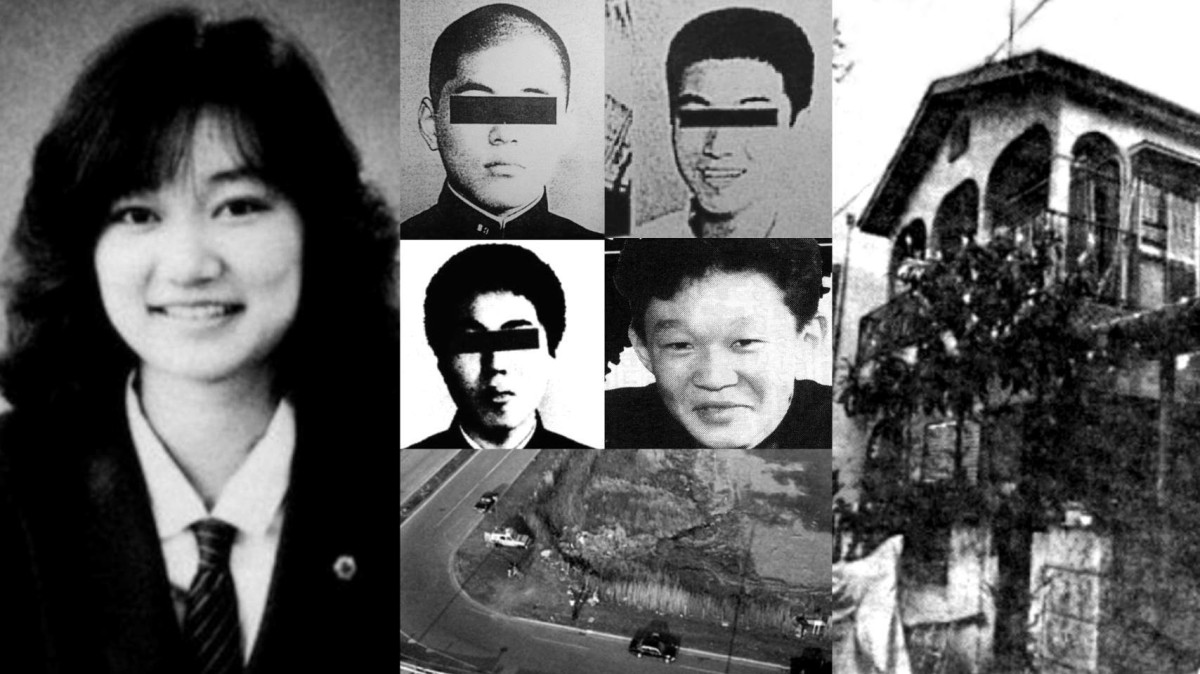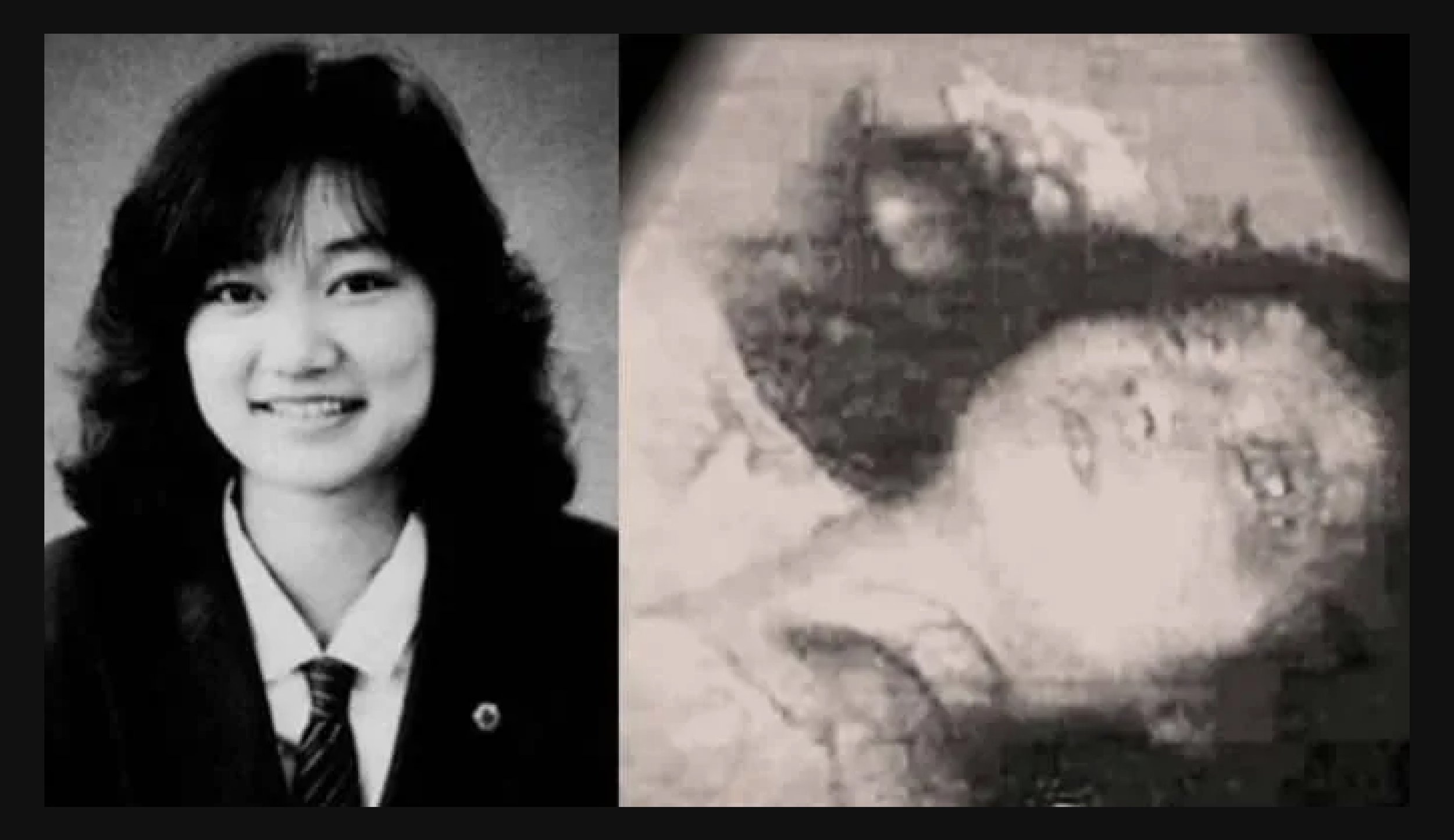Could a more thorough investigation by the authorities have saved Junko Furuta's life? The brutal murder of Junko Furuta in 1988, a crime of unimaginable cruelty, remains a chilling testament to the depths of human depravity and a stark reminder of the failings of the justice system.
The diligent pursuit of an investigation might have provided an earlier end to the nightmare that Junko endured. The case, known as the "Girl Concrete Case" or the "Concrete Encased High School Girl Murder Case" () in Japan, continues to horrify and captivate audiences due to the sheer brutality of the acts and the ages of the perpetrators and the victim.
| Category | Information |
|---|---|
| Full Name | Junko Furuta ( ) |
| Date of Birth | January 18, 1971 |
| Place of Birth | Misato, Saitama Prefecture, Japan |
| Age at Time of Death | 17 |
| Residence | Misato, Saitama Prefecture, Japan |
| Education | High School Student |
| Known For | Victim of the Junko Furuta murder case, a notorious crime of torture and murder. |
| Victim of | Hiroshi Miyano, J Ogura, Shinji Minato, and Yasushi Watanabe |
| Cause of Death | Severe injuries from torture, rape, and ultimately, murder. |
| Reference | Wikipedia |
For 42 agonizing days, Junko Furuta, a high school student from Misato, Japan, was subjected to an unimaginable ordeal of torture and abuse, a harrowing case that continues to shock and appall. The details of the abuse are horrific, a stark reminder of the darkness that can exist within human nature.
The retribution handed out for the brutal slaying of Junko Furuta was, in the eyes of many, shockingly lenient. This, coupled with the nature of the crime, has led to critical examinations of the Japanese justice system and its handling of juvenile offenders.
The crime, committed in 1988, began with Junko's abduction and subsequent confinement in a residence in Misato. The ringleader, along with other accomplices, subjected her to horrific physical and sexual abuse, turning her captivity into an exercise in prolonged suffering. The perpetrators, primarily teenagers, showed a complete disregard for human life.
Junko Furuta was born on January 18, 1971, and grew up in Misato, Saitama Prefecture, living with her parents and siblings. She was a typical teenager, attending high school and living a life that, until her abduction, was unremarkable. Her disappearance and the subsequent events shattered the peace of her community and exposed a horrifying underbelly of violence.
The Junko Furuta case remains one of the most shocking and heartbreaking criminal cases in Japanese history. It has drawn international attention due to the brutality of the crimes and the young ages of both the victim and the perpetrators. The legal ramifications and the societal effects of this case continue to be discussed.
The legal fallout from the case has raised important questions about the countrys justice system, while the societal impact has sparked crucial conversations about bullying, violence, and the treatment of women. This tragic event has also prompted discussions around the effectiveness of the juvenile justice system and the need for reform.
After being missing for several days, her battered body was found encased in concrete inside a drum in Koto, Tokyo. The discovery of her remains was a grim confirmation of the unspeakable suffering she had endured.
At the time of her death, Junko was only 17 years old. The details of her death and the preceding events are extremely disturbing. The graphic details are not easily forgotten and will haunt anyone who reads them.
One of the most jarring aspects of the case is the fact that the abuse was inflicted by a group of teenagers. The ringleaders, Hiroshi Miyano, J Ogura, Shinji Minato, and Yasushi Watanabe, were all in their teens at the time of the crime, a fact that adds another layer of horror to the tragedy.
The Junko Furuta case is not just a tale of human cruelty. It illustrates how severe trauma can potentially alter the very structure and function of the brain. The extreme and prolonged abuse inflicted on Junko provides a tragic framework for understanding the potential neurological impact.
In 2004, a film titled "Concrete" was released, which was based on the Junko Furuta murder case. The movie, directed by Katsuya Matsumura and starring Yujin Kitagawa, offers a depiction of the events and serves as a reminder of the atrocities committed.
After their releases, both got married and had children. They claim to have disclosed their involvement in the case to their spouses, showing the lasting impact of the crimes on those involved.
Junko Furuta's torture and murder sparked international outrage. Her case inspired several films and a manga, illustrated by Kamata Youji. The case shows the importance of speaking up against cruelty and injustice, and has inspired many to advocate for victims of violence and abuse.
The case of Junko Furuta has raised awareness about bullying and violence against women. It has also highlighted the systemic failures and the challenges of rehabilitation within the Japanese justice system.
Addressing the importance of supporting victims and preventing future tragedies; her case remains a haunting tale of inhumane abuse and torture that took place in Japan.
This heinous crime, committed in 1988, involved the abduction, torture, and murder of Junko Furuta, who was then a high school student. The crime highlighted the darkest corners of humanity and the terrifying impact of violence on a young victim.
The criminal proceedings were conducted with the defendants considered as juveniles. The sentences that were subsequently handed down were widely viewed as lenient, sparking controversy and criticism. The case has become a symbol of the shortcomings of the juvenile justice system in Japan.
An article appearing in Shukan Shincho (September 6, 2018) described the subsequent arrests of the three convicted killers as a defeat of the juvenile law. The article underscores the perceived failure of the justice system to deliver appropriate punishment for the heinous crimes committed. The case also resulted in important questions.
The case has become a stark illustration of how severe trauma can alter the very structure and function of the brain. The extreme and prolonged abuse offers a tragic framework for understanding the potential neurological impact of extreme abuse.
The 1995 Japanese movie Concrete based on this case, delves into the details, showing the horrific events that transpired. The case also revealed the horrific nature of hiroshi miyano, j ogura, shinji minato, and yasushi watanabe.
The abuse that Junko suffered was perpetrated by four male teenagersHiroshi Miyano (18), J Ogura (17), Shinji Minato (16), and Yasushi Watanabe (17). These individuals, who were involved in the kidnapping, torture, and murder, committed unimaginable atrocities.
Junko Furuta, a Japanese high school student, was abducted and subjected to extreme torture and rape by four teenagers over a period of 40 days in 1988. The 40-day ordeal is a testament to the inhumanity of the perpetrators and the unimaginable suffering of the victim.
The perpetrators received surprisingly lenient sentences due to their minor status and alleged remorse. This lenient sentencing has been a point of contention, reflecting on questions about how the law should treat heinous crimes committed by young people.
The details of the abuse are much too graphic to itemize. The case offers a shocking summation of what Furuta was forced to endure. The level of violence inflicted upon her is a stark reminder of the darkest corners of humanity.
Junko Furuta was a Japanese schoolgirl from Misato City in Tokyo, who was kidnapped and subjected to the most horrendous torture and abuse until her monstrous kidnappers finally murdered her. The details are a testament to the brutality of the crime and the immense suffering endured by the victim. The heinous acts committed against her have left a lasting mark on the publics consciousness.
Following Junkos death, the four boys encased her in concrete inside a large drum, disposing of it in a cement truck. This chilling act speaks to the depths of their depravity. The disposal of her body added another layer of horror to the already horrific situation.
Subsequently, an unrelated rape case and a swift confession helped law enforcement officials bring all four kidnappers into custody. The swiftness of this confession was key in leading to the arrest of the perpetrators and the eventual closure of the case.

.jpg?format=2500w)
